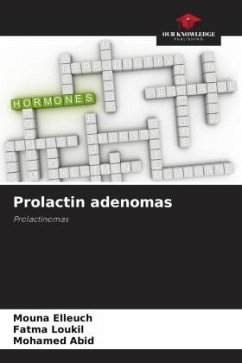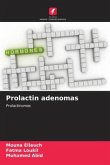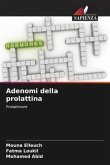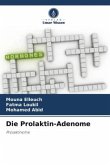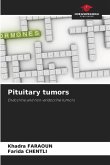This was a retrospective, descriptive and analytical study of 77 cases of prolactinomas collected and followed up in the endocrinology and diabetology department of the Hedi Chaker University Hospital of Sfax between 2000 and 2017. Different clinical, paraclinical and therapeutic characteristics were described. Our patients were divided into 3 groups according to the size of their prolactinomas. Statistical correlations were sought between tumor size and clinical and biological parameters. Prolactin adenoma was studied in pregnant women, elderly subjects and when its discovery was incidental.The average age of our patients was 38.3±14.2 years. The average age of our patients was 38.3±14.2 years. 51 (66.2%) were women and 26 (33.7%) were men. The diagnostic latency was 47.37 months on average. The pituitary tumor syndrome was a circumstance of discovery observed in 62.3% of cases. The endocrine syndrome of hyperprolactinemia was manifested in women by menstrual cycle disorders (78.4%) and galactorrhea (70.5%). In men, the clinical picture was dominated by erectile dysfunction (42.3%) and/or decreased libido (34.6%). The anteropituitary insufficiency syndrome was observed in 75.3% of cases. The number of anteropituitary deficits was significantly correlated with the tumor size. Comparing the three groups, we noted that age, CDD, metabolic parameters, hypopituitarism and pituitary extensions on imaging were significantly different

